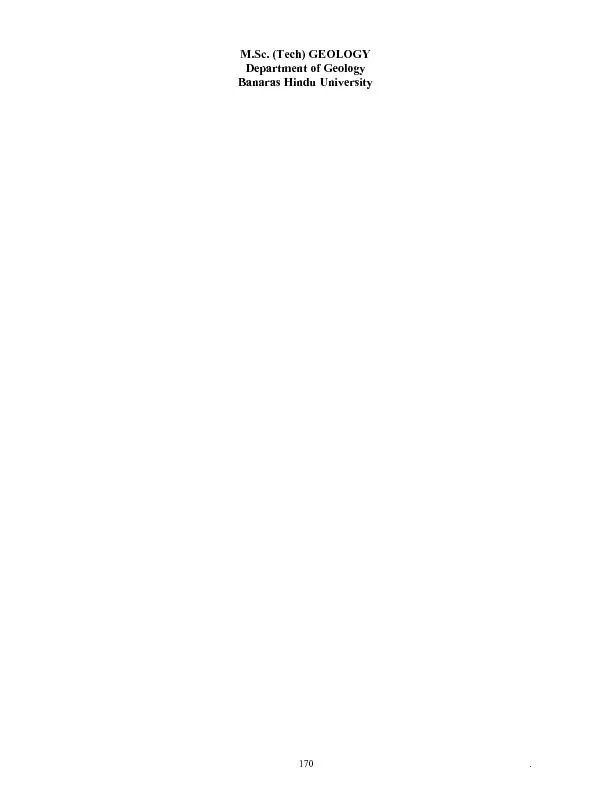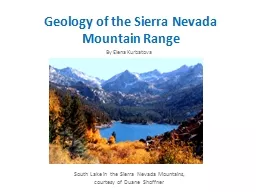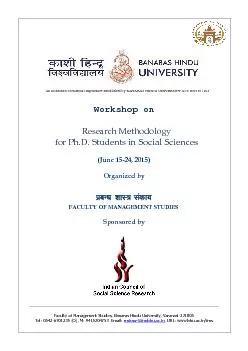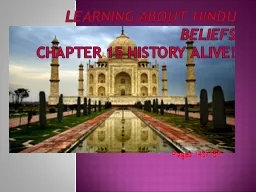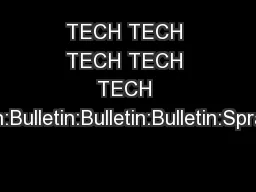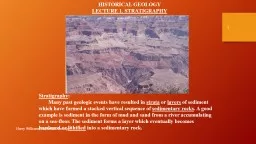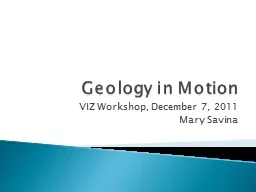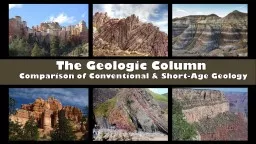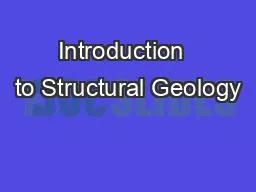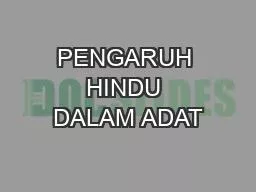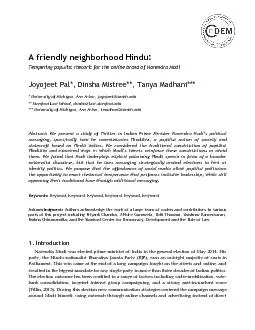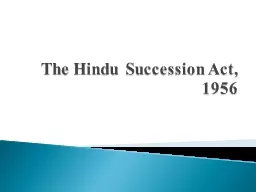PDF-. 170M.Sc. (Tech) GEOLOGY Department of Geology Banaras Hindu Universi
Author : min-jolicoeur | Published Date : 2016-04-19
171Semesterwise Courses and CreditsSEMESTER I Course Code Title Credits GLM101 Structural Geology and Tectonics 3 GLM102 Mineralogy and Crystallography 3 GLM103
Presentation Embed Code
Download Presentation
Download Presentation The PPT/PDF document ". 170M.Sc. (Tech) GEOLOGY Department of ..." is the property of its rightful owner. Permission is granted to download and print the materials on this website for personal, non-commercial use only, and to display it on your personal computer provided you do not modify the materials and that you retain all copyright notices contained in the materials. By downloading content from our website, you accept the terms of this agreement.
. 170M.Sc. (Tech) GEOLOGY Department of Geology Banaras Hindu Universi: Transcript
Download Rules Of Document
". 170M.Sc. (Tech) GEOLOGY Department of Geology Banaras Hindu Universi"The content belongs to its owner. You may download and print it for personal use, without modification, and keep all copyright notices. By downloading, you agree to these terms.
Related Documents

